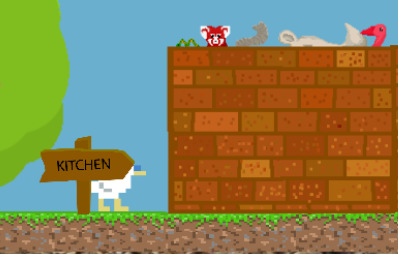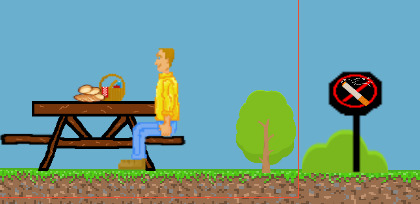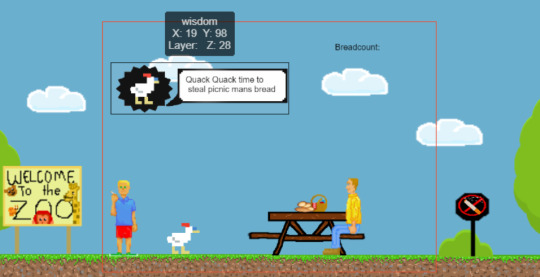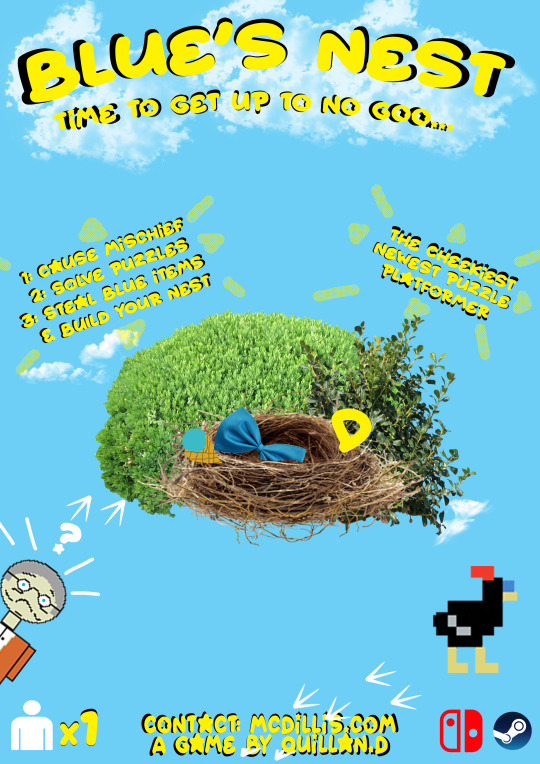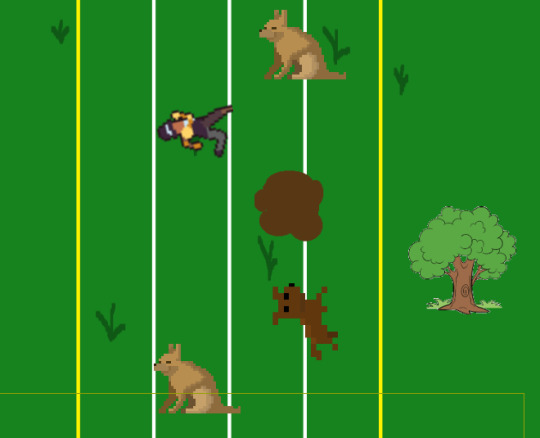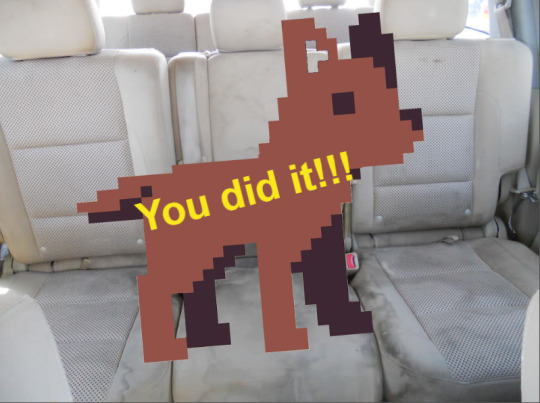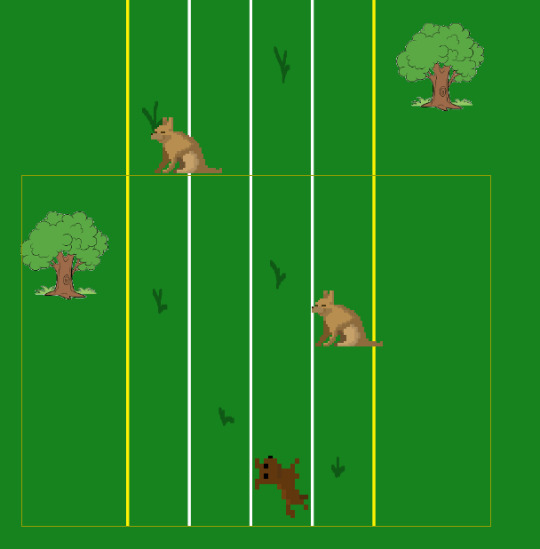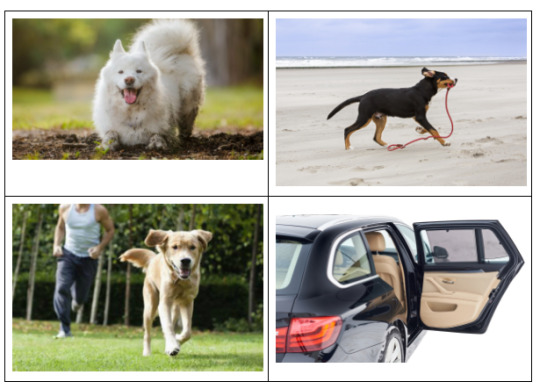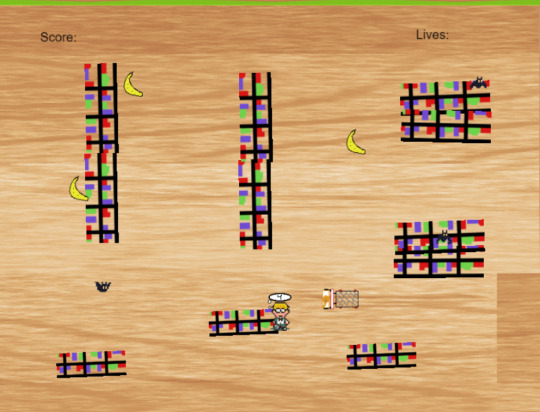Text
Week 14
Week 14
Chapter 15 & 16
G-Development
This week I learnt about understanding the current game Industry and Getting into the industry.
The size of the game industry is ever-growing on average 1 person per household plays over 4 hours of games a week. The value of the game industry grows each year as well in 2021 the value of this industry was 65.5 billion dollars. How the game industry is changing, ever since the early 2010s traditional consoles have been challenged by mobile platforms. The most recent trend VR has increased in popularity in 2017 sales of the PSVR reached 2million. Cost and expectation the cost of AAA games increases each year as the expectations of what games should deliver by customers increases e.g. The total cost of publishing Cyberpunk 2077 was 316million USD the most expensive game 10 years ago was only 20% of the Grand Turismo 5 71million. Chapter 16 discusses how to get into the game industry stating there are 3 main ways:
Getting a job at a publisher or developer:
To do this it’s important to educate yourself on the technical aspect of games e.g. computer science courses, c#, c++. As well as the narrative of games, bachelor of art courses.
2.Pitching your ideas:
Can be a long and difficult process, should be attempted with multiple publishers after you’ve finalised your concept, created a small team and prototype as well as create your sell sheet, company prospectus, Technical design, and Competitor Analysis document.
3.Producing independently
An increasingly popular path to follow with development becoming more accessible and sites like itch.io allowing anyone to upload their games. Allows you to create whatever game you want and explore concepts that publishers might not want to sell.
G-Develop
Music: Music was added to every scene to help convey the emotion that we want our players to be feeling. Music does change mid-scene in our first level when players obtain the cigarette and have to burn the tree down, going from a bubbly 8bit tune to death metal by doing this we hope to humour our players.
Intro: An animated intro was created to give context to the narrative and objectives of the game to the player. This was achieved by creating a short animation in piskel, looping it then creating text that appears and disappears on a scene timer to give the illusion that the character is speaking.
Controls: We remapped the controls in order to be more intuitive during playtesting we noticed that ⅘ play testers tried WASD for directional movement before swapping to arrow keys. Because of this finding we’ve changed our movement to WASD with W jumping, we’ve also changed CAW to be spacebar to match this change.
Control Diagram: During playtesting it was apparent our controls were not intuitive players would button smash their keyboards in order to figure out the keys they needed to interact with the level. As a solution, we created a control diagram in the H.U.D that will display the controls.
Preventative measure: While exploring the level looking for a solution players would often fall off the edge of the map and have to restart the game. To fix this issue we’ve created a wall that cannot be jumped over to prevent players from passing through. The wall is decorated with animal heads to fit in with the context of the game being set in a zoo.
0 notes
Text
Week 13
Learned Content
Playtesting
Gdevelop
This week in our prescribed readings we learned about stages of development and methods of visual communication
Tracy Fullerton describes the 5 stages of game development as:
Conceptualising and documenting
Creating ideas about your game to sell to a publisher
Forming an experienced team
Establishing a project plan: to account for Budget and time
Prototyping and pre-production
Working in an agile development cycle (method of development evolving constant iteration and testing of a system in a small group until it’s been approved) to create working prototypes of concepts outlined in the conceptualisation phase e.g. features, and levels.
Production: features and assets
Longest and most expensive stage
Execute on the functionality created in the pre-production phase
Implementing features and creating assets
QA phase
Polishing and improving on features that have been created in the production phase to make each feature the best it can possibly be.
Transform the alpha build into the final product
Work with QA engineers to fix bugs
maintenance
Ongoing updates to fix bugs that are affecting current players, adding in new post-launch content
methods to communicate the vision and design of a game
Visualisation: Presenting concepts of a game in a visual manner e.g. Maps &Blueprints
Flowcharts: Useful to communicate a hierarchy of ideas and processes. Communicates branching choices are player might face.
Tables and spreadsheets: Used to communicate mass amounts of raw data e.g. communicate the stats of objects in games or drop rates of items.
Concept art: Effective tool in communicating the visual look of the game as well as communicating the emotional response a game is trying to achieve.
This week we play tested our game with 5 naive players who’ve never played/ heard of ‘Mr Duck’ before.
The process of playtesting:
Pregame Questionnaire: Participants would answer questions about the games they usually play, their preferred platform, etc.
Initial Playthrough: players would play the first level of the game with no help from the designers
Postgame questionnaire: Participants would fill out a survey detailing their experience playing the game for the first time
Deep playthrough: Playtesters will play the game for a second time being able to ask the designers questions.
We got a lot of useful feedback from playtesting 3 major areas of concern that we found were players struggled to view the cigarette item and weren’t able to solve the puzzle, players would fall off the level and the controls we implemented were not intuitive.
G-develop pre playtesting:
This week I implemented a few changes in-game to improve the experience for players.
Added items: On the right side of the table I added a small tree and sign. These were added to encourage players to jump over the table and explore the right side of the level since many of our peers assumed there was an invisible wall preventing players from exploring that side of the level. This change was simple but very effective as naive players were now exploring the right side of the map.
Sounds: Previously when players cawed there would only be visual feedback which we felt wasn’t very satisfying. A short bird shriek is now played whenever a player presses the caw key. We hope this change makes the game more humorous to play and communicates input to the player.
Replacing assets: A problem we encountered is that players would attempt to burn down the wrong tree and would get annoyed when it didn’t burn this annoyance was caused by both trees (the one players would attempt to burn, and the one they had to burn) were visually identical. This problem has been fixed by replacing the ‘confusion’ tree with a bus.
0 notes
Text
Week 12
Progress of ‘Mr. Quack’ continues through this week with multiple features being implemented, this week we also conducted our first round of user testing.
Implemented features:
Last week we came to the realization that we were struggling to communicate information to our players. How would they know the controls or mechanics of the game without us telling them directly? To combat this we’ve created speech bubbles so the duck can communicate directly to the player. An example of how this works in game is when a player collides with the bread and they’re told to ‘shoo!!’. A speech bubble appears with the text “I need to find some way to distract him first”. The good thing with this feature is that it can be implemented in multiple different settings and contexts to aid the player.
We patched out a bug that would allow the player to collect the bread before the puzzle was solved. Players could collect bread before the tree was burnt simply by touching the tree without the cigarette, which would set the ‘Readytocollect’ variable to 1. We solved this problem by requiring the player to be touching the cigarette while the cigarette animation was playing.
Level 2: Production on level 2 began. We've drawn at the level design for a kitchen level requiring players to shrink down to access small areas to complete the level. We’re currently in process of creating the necessary sprites for the levels and placing the objects around in the Gdevelop space
Playtesting:
There were a number of issues that were discovered by playing testing our game with our peers for starters. Players ran into the problem where they didn’t know they could jump over the picnic table to reach the other side, once being stopped by the ‘Shoo’ Many just assumed that there was an invisible wall and that they couldn’t get past. How we plan on resolving this issue is putting objects on the other side of the picnic table to entice players to attempt to jump over to reach the other side.
Players were unsure of what objects were interactable and didn’t know what elements they were looking for to solve the puzzle, by next week we plan to solve this by adding a shining glow to interactable objects and puzzle elements to communicate to the player what they can interact with.
Additional elements in future to add:
Communicate controls to player
Button input feedback. Implement sound response when players press the caw button.
0 notes
Photo



Shoo animation preventing players from colliding ith bread, temporary burning tree animation and duck with cigarette animation
0 notes
Text
Week 11
This week in the prescribed textbook we discussed team structures and the roles in the video game industry. The relationship between publisher and developer varies from company to company but in essence, the publisher decides to give the green flag on creation handles marketing and finance, and the developers are the team that creates the game.
Developers roles: There are many roles involved in the development of game creation including programmers whose role it is to technically implement the ideas of game/ level designers, Visual artists who implement all visual elements into a game, Quality assurance engineers who test the quality of the game creating roadmaps to fix bugs and other technical issues. Roles often change in development teams depending on the scope of the project and the size of the team. In a small development team, all members might act as generalists taking part in all roles as teams grow eventually they might be delegated to one area e.g. programmer and from there they might be responsible for a more specific are e.g. software prototypes.
G-Develop:
We had a very productive week. We implemented the level that we drew out from week 10. We implemented a grabbing mechanic allowing the duck to pick up a puzzle item for example in-game after startling a character with a cigarette, the player can then pick up said cigarette this will then change the walking animation to be the duck holding a cigarette in their mouth.
Stop players from picking up bread. We struggled with coming up with an idea to stop players from immediately picking up the bread before completing the puzzle. The solution we came up with is that when players were close to colliding with the bread, an object would be created on top adding a force to the player that pushed them away from it. The object is shaped like a speech bubble with the words ‘Shoo!!’ to match the context of an NPC stopping you from stealing their bread.
We also implemented a burning tree. Once a player has stolen the cigarette and made contact with the tree. The trees animation will change to make it appear as though its on fire this event will set the variable ‘Readytocollect’ to 1 allowing the player to collect the bread and complete the puzzle.
0 notes
Text
Week 10
-Theory
-Assessment 3
This week I read chapter 11 of Tracy Fullerton’s book Game Design workshop. The chapter covered Ideas of fun and accessibility. It discussed the subjectivity of fun and how different players gain enjoyment from certain aspects of a game like Collection, self-expression, exploration and story. Yet these aspects may not be enjoyable for another player for example I roll my eyes and find little enjoyment at collectathons in games yet I know many friends who live for the thrill of collecting 999 Korok seeds. Anti-Fun aspects in games as designers it’s easy to fall into the trap of unintentionally adding fun killing moments to your game. Whether that be micromanagement through feature creep, stagnation through padding out the length of your game or stagnation by not giving enough information to your player. Playtesting is necessary to spot these fun killing sections, beneficial to utilise new playtesters to uncover these fun killers as a seasoned player might understand the game at such a high level that they gain joy from micromanagement or want to be stagnated because of prostate knowledge of the game. Towards the end of development important to do usability testing with fresh eyes as reveals what new players are capable of doing in your game without running into confusion, fatigue or being underskilled.
Assessment task3:
This week we spent our time drawing out levels and brainstorming puzzles for our game. We drew out and created the first level in Gdevelop. At this point, we haven’t coded anything and have just created the assets using piskel.
0 notes
Text
Week 9
-Lecture
-Assessment 3 beginnings
-Assessment 2 Showcase
Rpg mechanics come down to giving players a sense of meaningful decision making. Meaningful decisions can be made by players in the paths they choose in the story, the play style they desire and the items they use. It’s the role of the game designer to make these decisions possible by creating loot pools, designing skill trees, establish branching narrative choices and creating formulas for loot drops/stats.
Asses 3:
My group has decided to expand on the game I discussed in week 2 & 3 ‘Blue’s nest’. We will continue to create a collectable puzzle platformer but we’re changing the story and setting to be of a duck collecting loaves of bread stolen from him.
Title: Mr Quack and his Quest for the Loaf of Rye
Untitled goose game x Kirby
Mr Quack is a puzzle-platformer, after having his bread taken away from him by the zookeeper Mr quack goes on an adventure through the zoo to collect pieces of his stolen bread. Players navigate 2d platformer side-scrolling zoo enclosures using their wits and abilities to solve puzzles to collect pieces of stolen bread. At each level, the player will be given a new ability by an animal in order to help them solve the level's puzzle.
The goal: of the game is to collect all pieces of bread
Primary Gameplay loop: Solving puzzles using a combination of movement and animal abilities granted to the player.
3 unique selling points
Animal abilities as tools for puzzles - e.g. Player is given an ability by a giraffe that allow them to stretch out their neck.
Variety of zoo inspired, unique level environments and obstacles
Ability to play as a duck.
Asses 2:
For assessment 2, I used my first game from this unit ‘Blue’s Nest’. I added some new mechanics to the design sheet based on the feedback I got from user testing (Pecking and shining collectibles). Both sheets were created using Photoshop.
0 notes
Text
Week 8
Week 8
Learnt content
G-Development
User testing
This week I learnt Proper user-testing, challenges/ rewards and multiplayer.
As stated in the prescribed readings user testing differentiates itself from other forms of testing (internal, self and qualitative) by being performed throughout the development (as soon as the playable concept is created) with an outside perspective. The chapter explained how to perform a successful playtesting session. This is done by giving players a short 15-20 min play with the game observing their actions and thought process then discussing with the players their motives, opinions and likes/ dislikes. Playtesters should be chosen as those who can give insightful info. This is only a one-way option there are several ways to conduct playtesting e.g. forms, interviews, questionnaires, etc.
Through reading the prescribed readings I have gained a better understanding of how to coordinate more effective user testing
Challenges are obstacles players must overcome to reach the goals of the game. There are many forms of challenges that can be added to a game but are generally dependent on the genre of the game and the target audience. This is different in a multiplayer game where challenges are created by other players whether in a competitive or cooperative game environment.
G-Development
This week in development I continued working on my game “Dang dog stop running”. I added an NPC that races against the character; if the NPC reaches the car first it triggers a scene change expressing the player lost.
I added other dogs as obstacles for the player, they move left and right and will knock the player back if they collide. This was achieved by creating a new behaviour for the objects that will make the move on a linear line at a declared speed. And once collided with will create an opposite force on the player object equal to their max speed. Speed boosts were added (puddles) when the player collided with object the max speed and acceleration of the player is temporarily increased by 30%.
User testing
I tested my concept with 3 users asking them…
On a scale from 1-5. Average result
The design was clear, and I understood the objectives of the game. 4.66
The game flowed well. 3.7
The game felt balanced. 3.66
There was a clear strategy. 4
I felt a sense of tension and release that was satisfying. 3.33
The game was fun to play. 4
I would want to replay this game again. 4
What works? - Players felt that the aesthetics, controls and obstacles worked well
Improvements? - Players want increased difficulty
New ideas? - Players suggested new obstacles
0 notes
Text
Week 7
Learnt content
Elevator pitch
Development
This week we covered the process of turning into how to communicate and generate ideas. The prescribed textbook went over different brainstorming techniques to perform individually or in a group environment. What stood out for me was how to create a comfortable environment in which people want to share and communicate ideas e.g. taking the brainstorm session in a new environment with toys and free form communication methods. This idea was reinforced after watching Mick Gordan GDC speech “Doom: Behind the Music” where he’d perform these brainstorming sessions in the same way outlined in chapter 6.
The way I generate my ideas for my content (video, games, writing) is by thinking of mundane parts of life (seeing a bird, grocery shopping with mum, walking the dog) and viewing it from the POV of another ‘person’ e.g. what does the dog see and think, what’s mum feeling. Then brainstorming with the more absurd and fun things they could be feeling.
Elevator pitch
DANG DOG STOP RUNNING
Subway surfers x littlest pet shop
Play as a dirty dog that escapes the leash and wants to jump in the backseat of the car and make a muddy mess. Players have a limited time to reach the car before the door closes, on the way they have to avoid obstacles that can slow them down such as dog owners, trees and fire hydrants. To aid them players can use power-ups such as puddles and dog treats to gain a speed boost.
Selling points
Unexplored setting, themes and environment for a racing game
Ability to jump, dash and slide
Dedicated barking key
WASD: directional movement
Space: jump
C: slide
Shift: bark
I’m using many of the skills I learnt from this weeks workshop. However, I’ve swapped the object’s behaviour around. The player will now move forward, with other objects being stationary. This decision was made to give me greater control over the layout of the race track and to allow there to be a final destination the players can reach(the car).
0 notes


